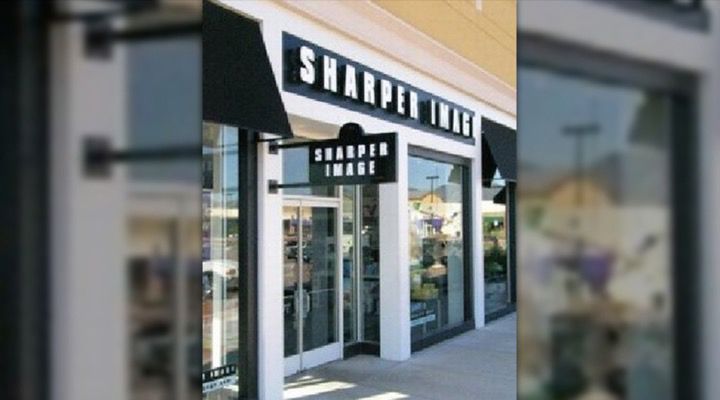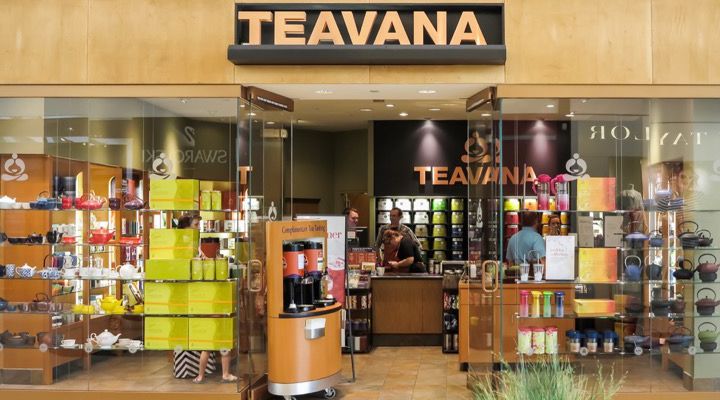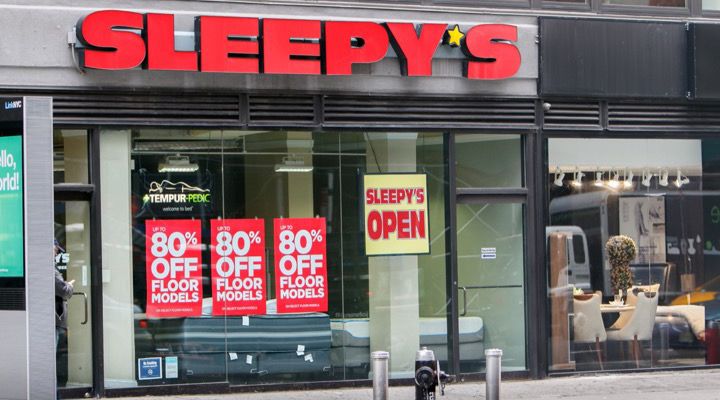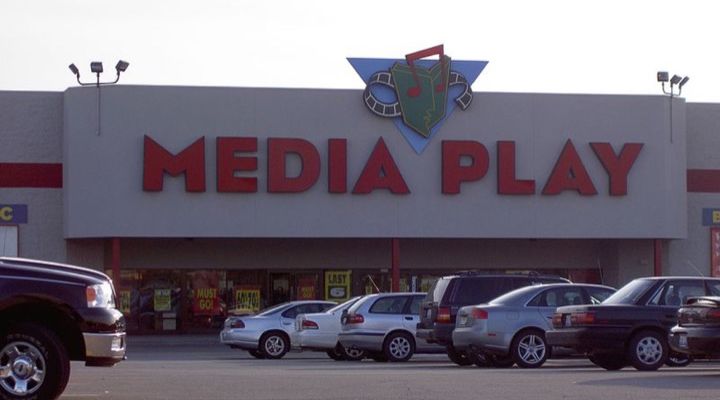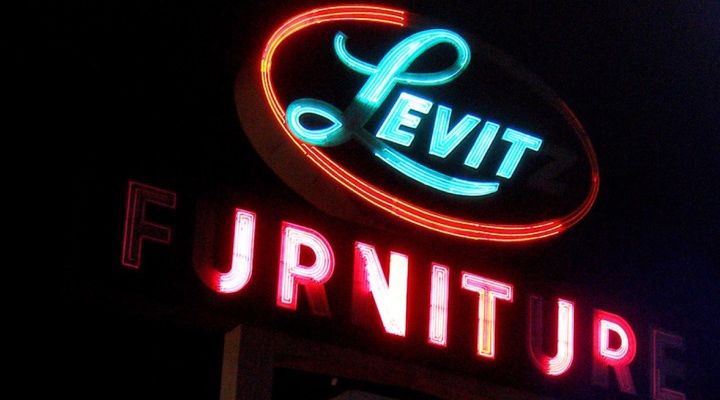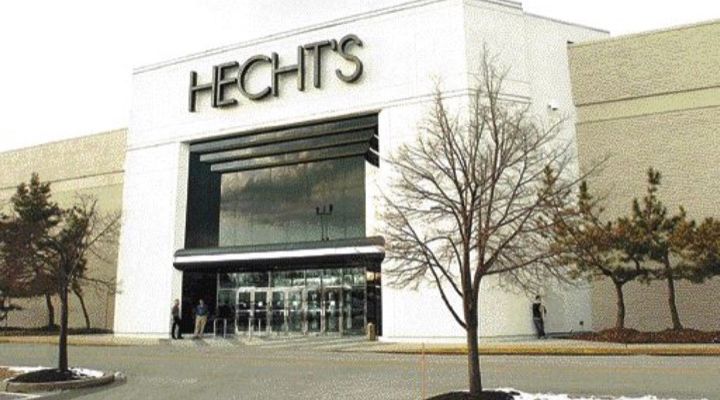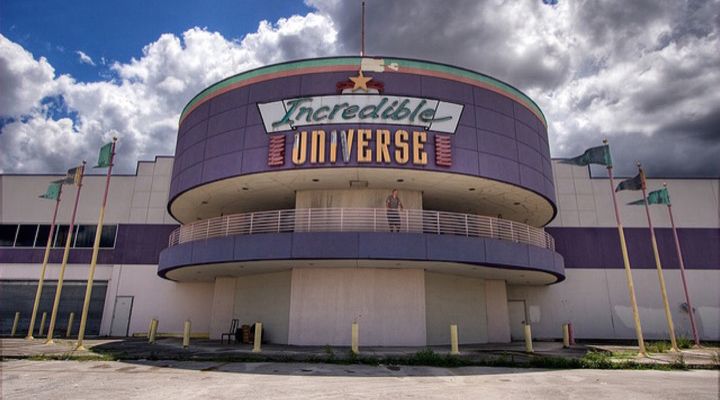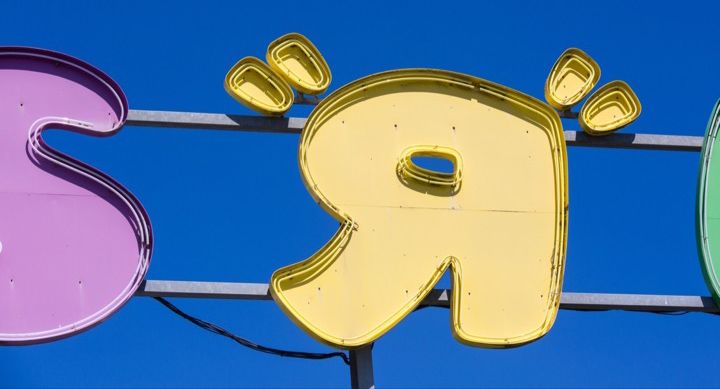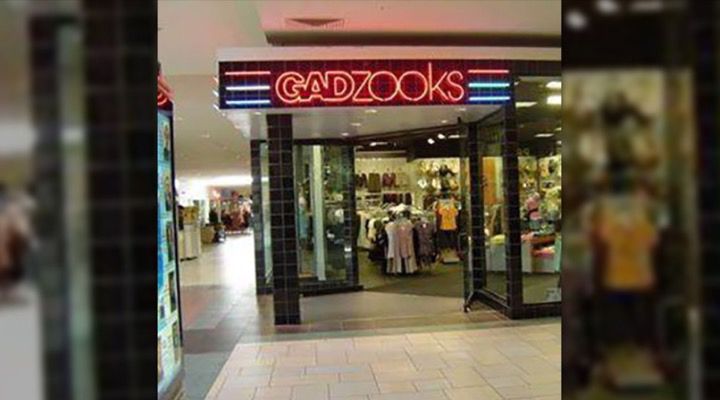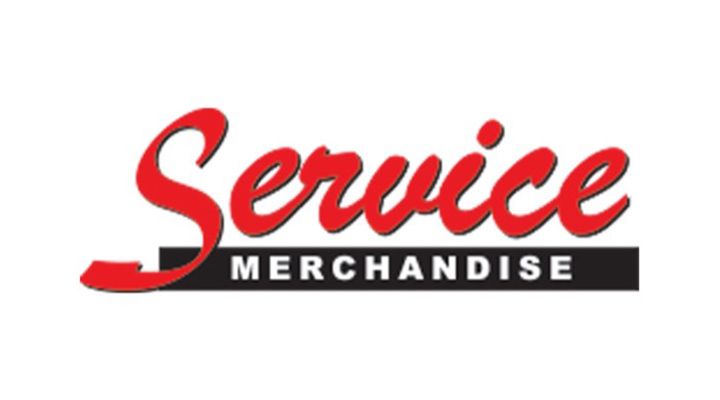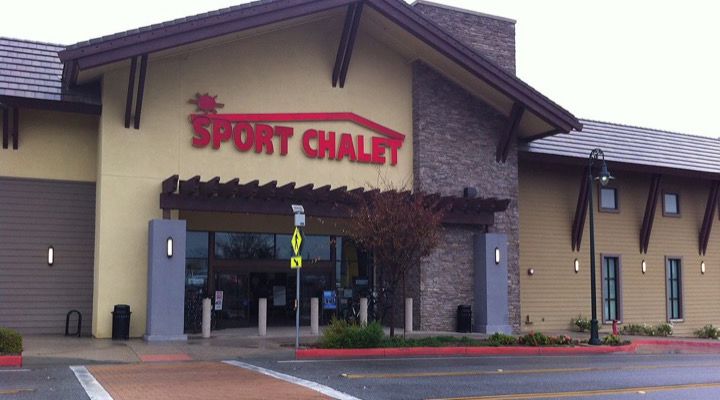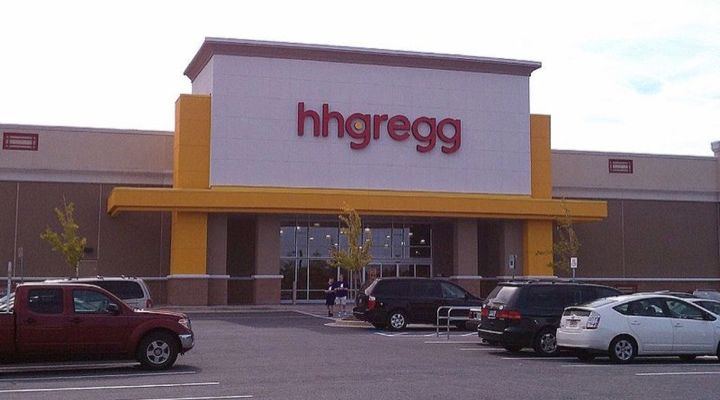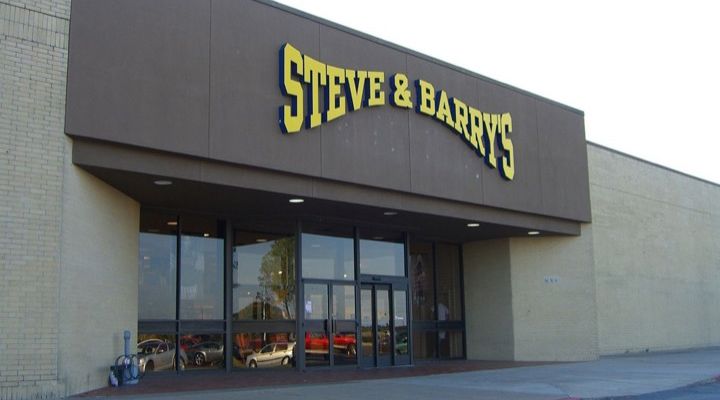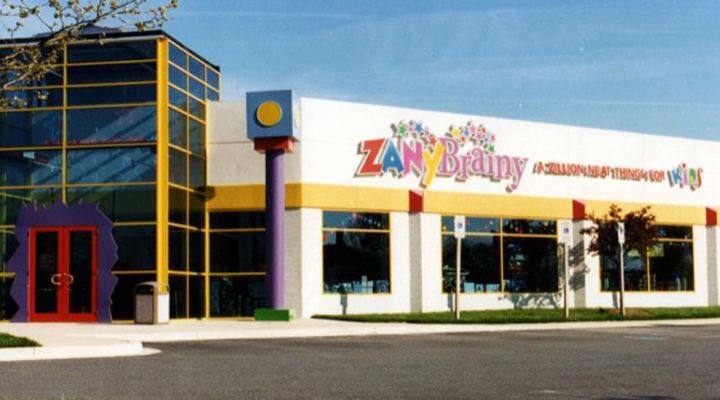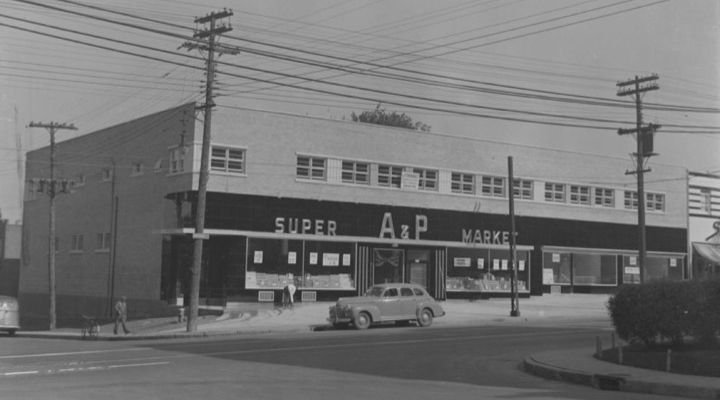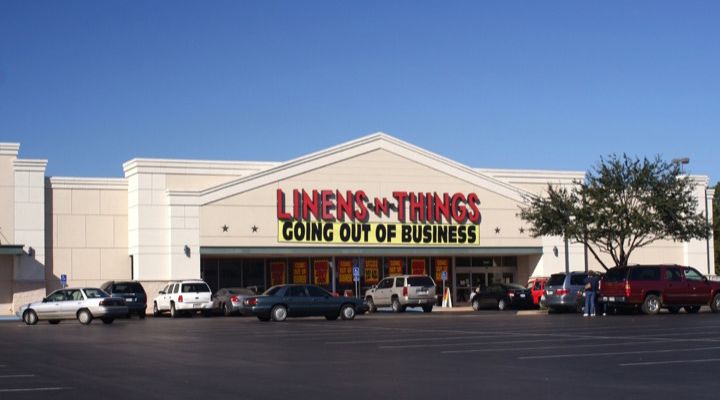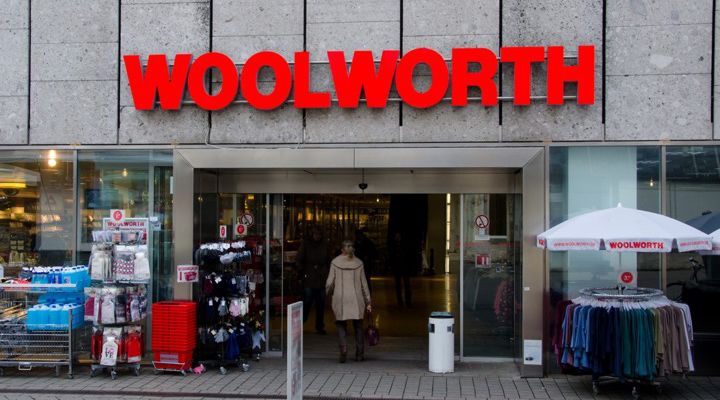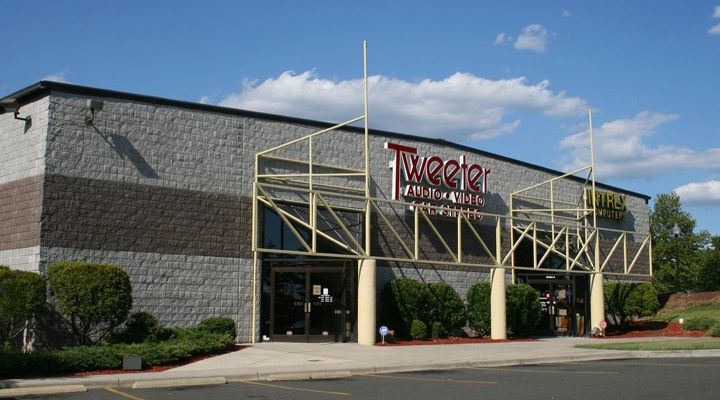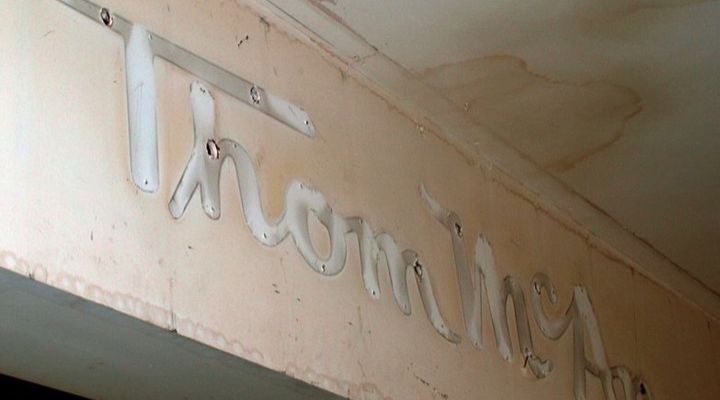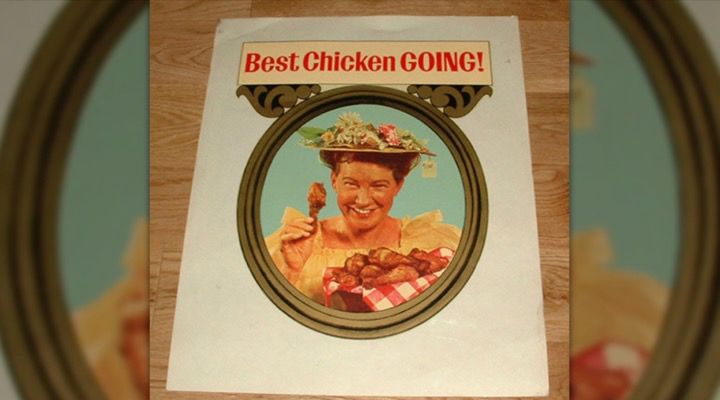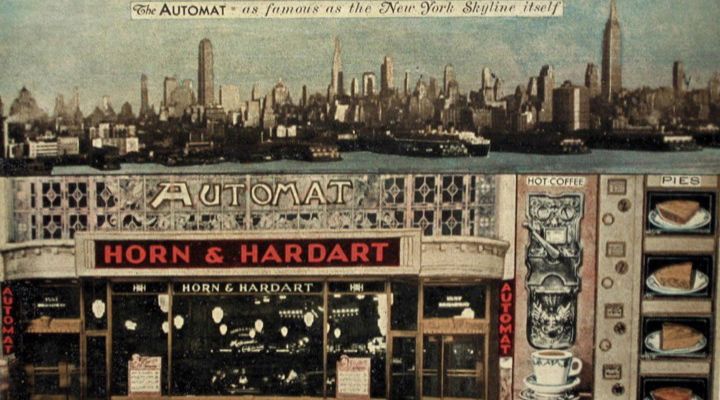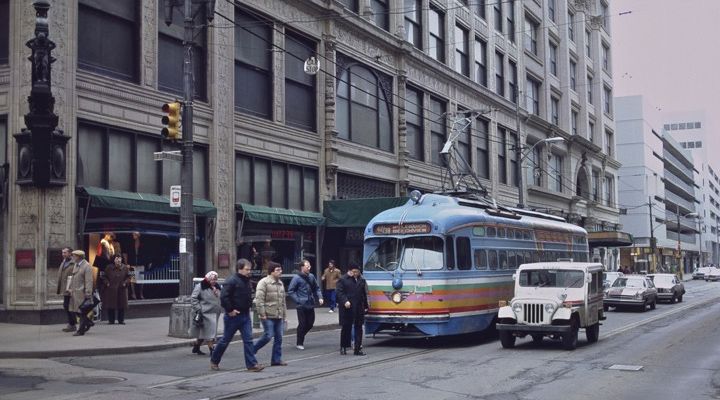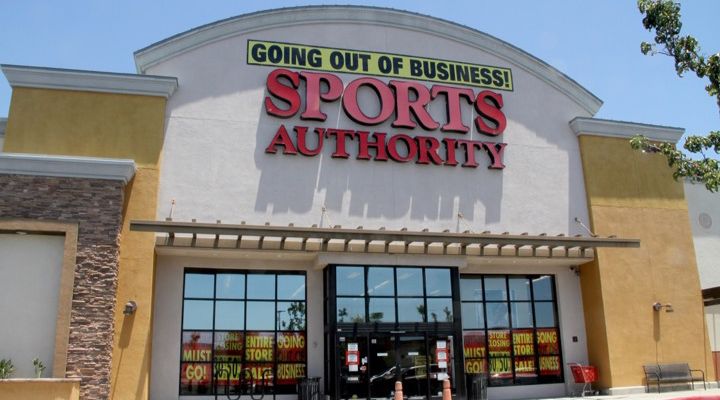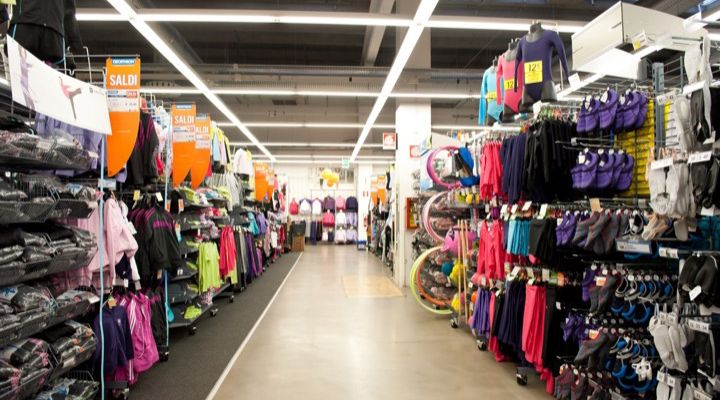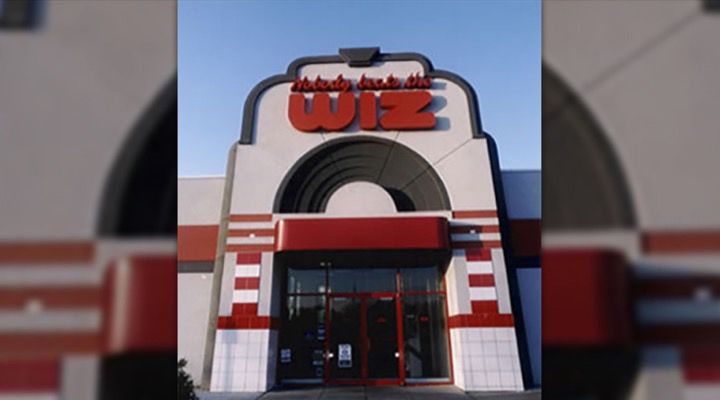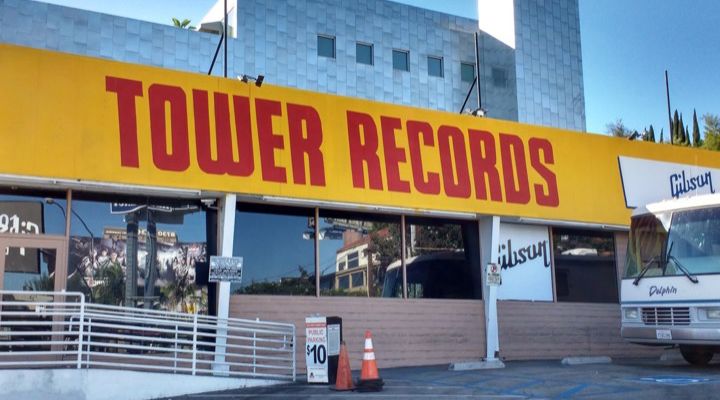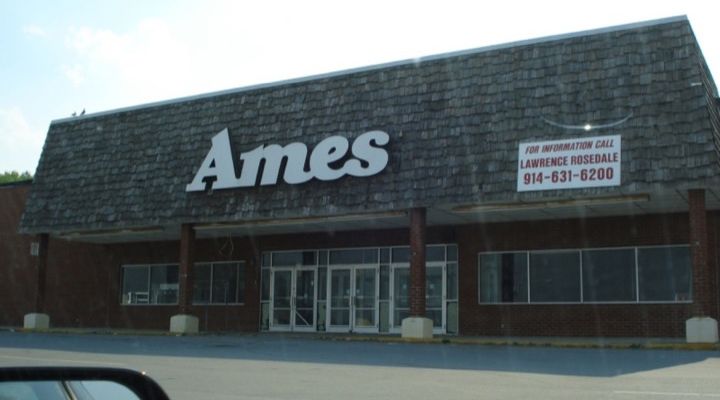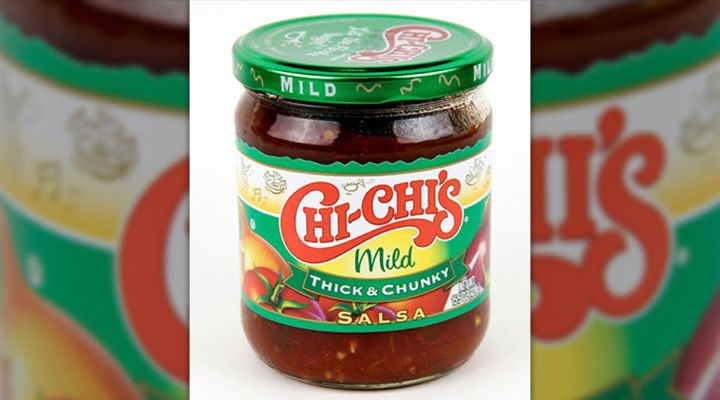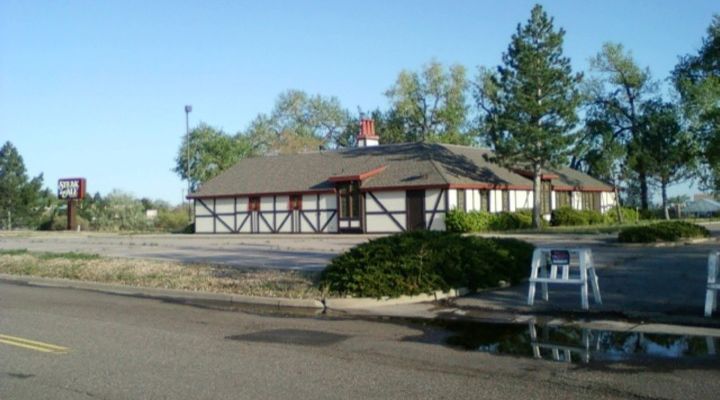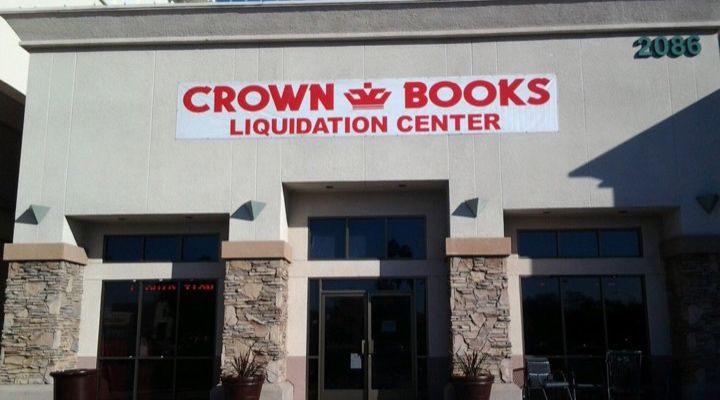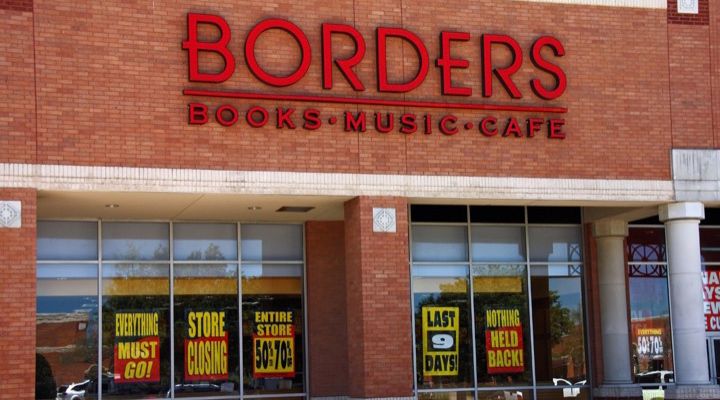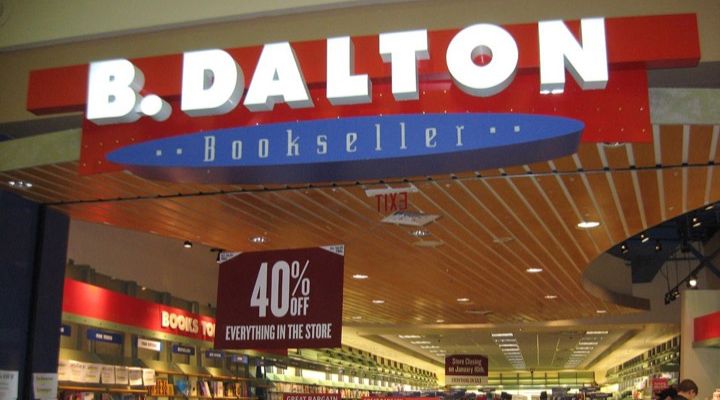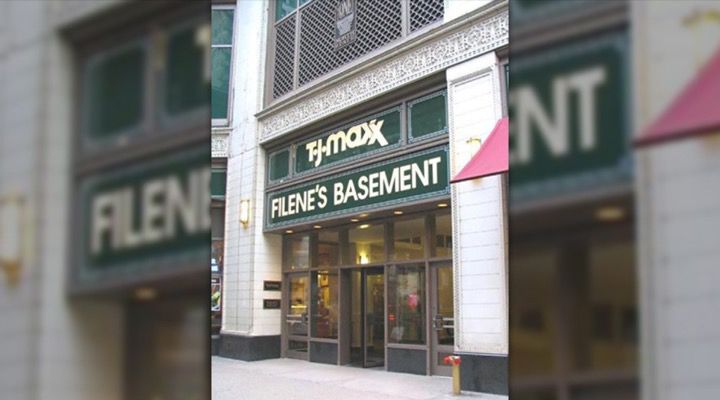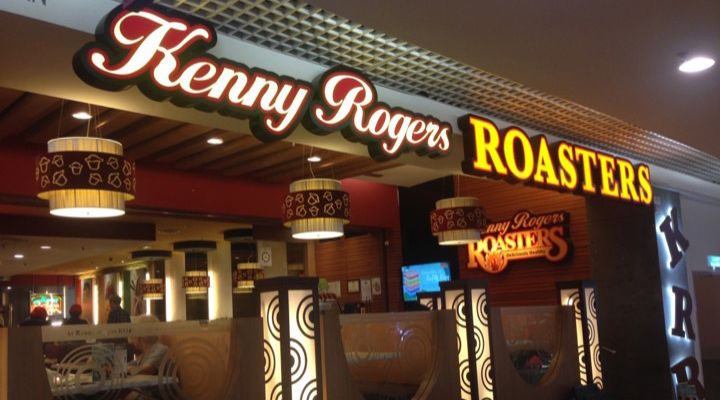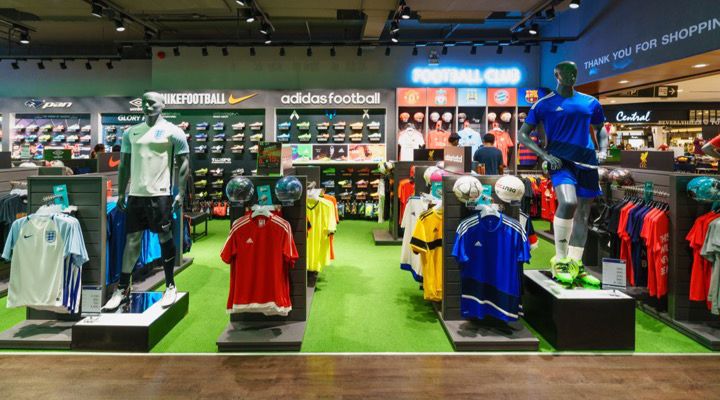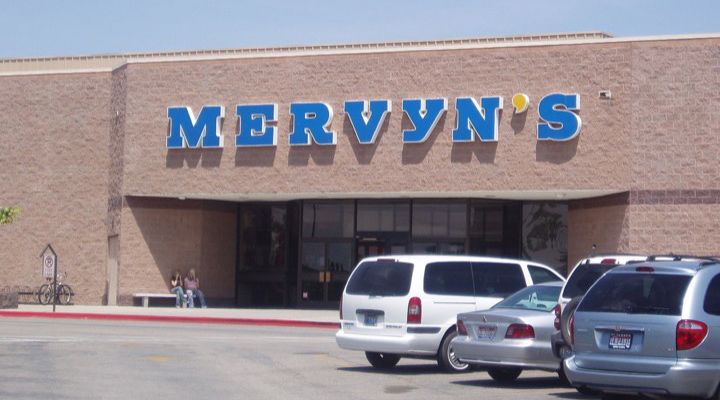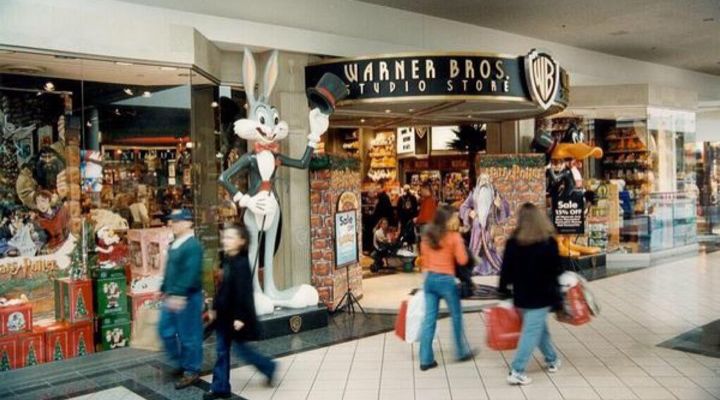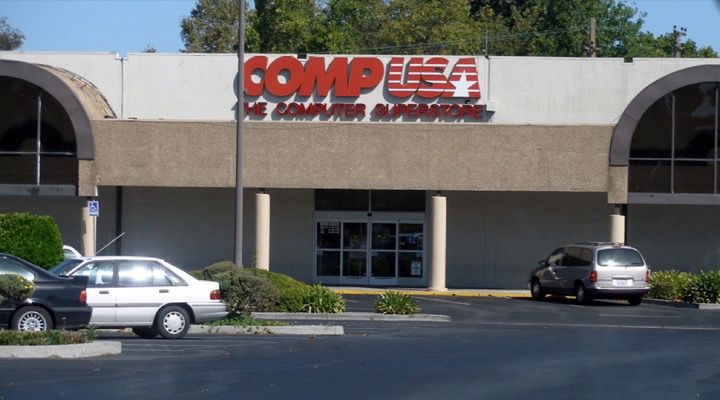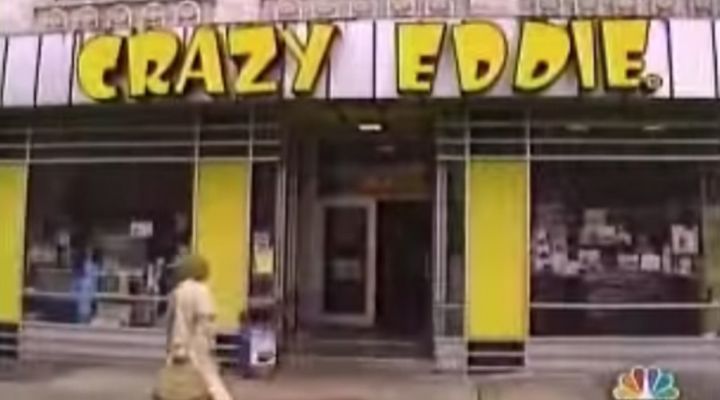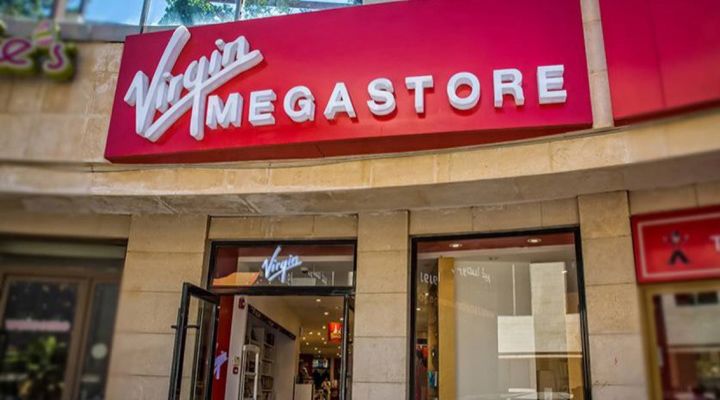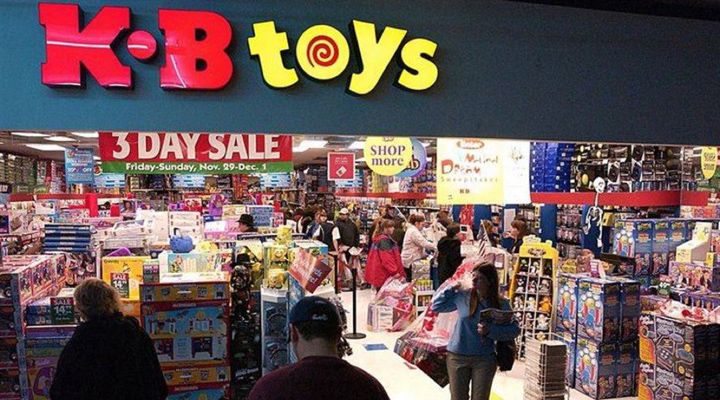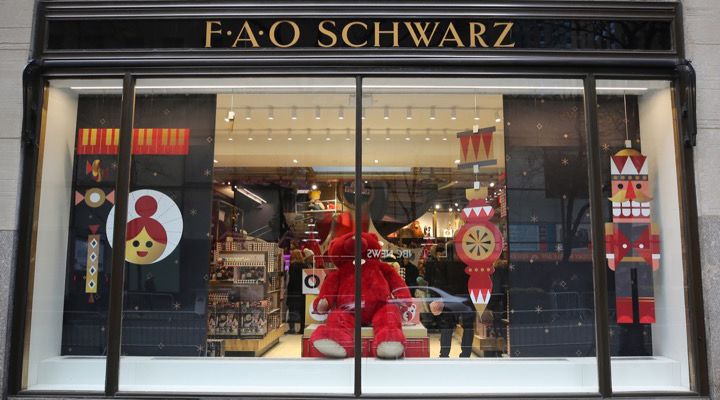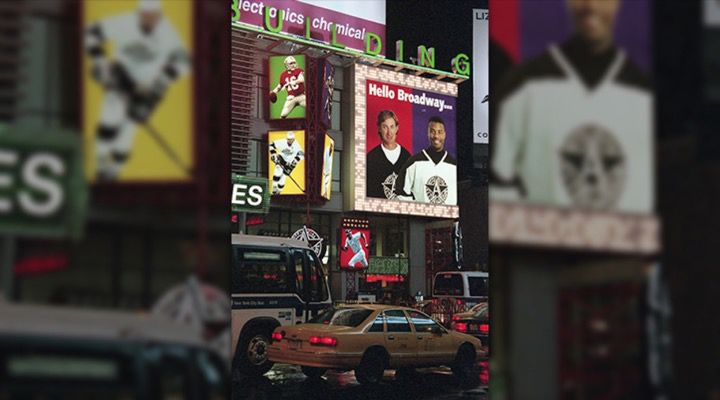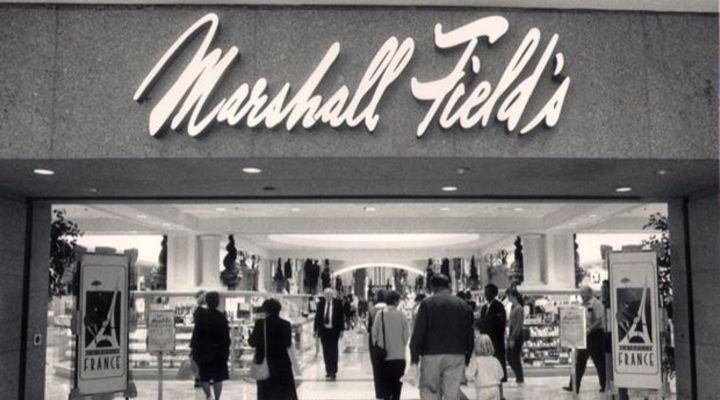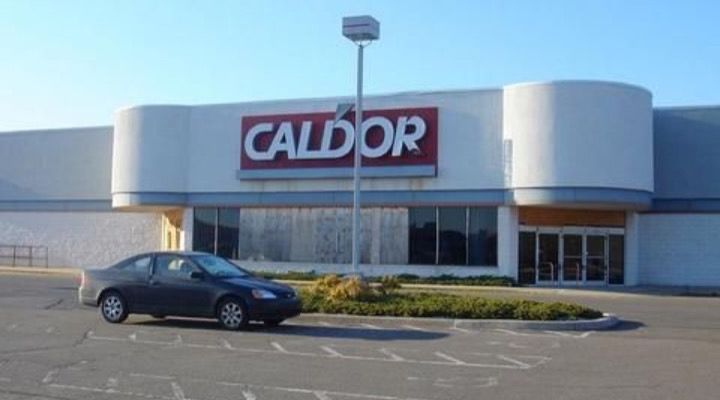With services like Amazon.com breaching almost every industry, it’s increasingly difficult for any brick-and-mortar store chain to keep its doors open. In an economy based on making as much money as possible, sometimes the little guys just can’t compete.
Many recognizable brands have closed their doors, and looking back probably reminds us of our earlier years. So for the sake of nostalgia, we’ve compiled a list of stores you used to love, but may not know were long gone….
** Continue Reading for Video at End of Story **
Sharper Image
Founded in 1977 in San Francisco, Sharper Image was known for its cool electronics and gadgets. But after filing bankruptcy in 2008, it was all downhill and all locations closed soon after.
Discovery Channel Store
The store first opened up in 1995. It sold educational gifts like books and DVDs. But shortly after 2007, the TV network closed all of its 103 brick-and-mortar locations and went strictly online.
Teavana
As of this writing, Starbucks owns a tea-friendly sister chain of locations called Teavana. However, in July 2017 the coffee giant announced it will be closing all Teavana locations.
Bonwit Teller
Originally founded in 1895, this was a luxurious department store located on New York City’s Fifth Avenue. It also had locations in Boston and California. Unfortunately, the stores closed after financial troubles in 1979. You can visit the old Manhattan location to this day. It was bought by a real estate mogul who named the old building after himself. It’s now called Trump Tower.
Sleepy’s
Sleepy’s was a popular mattress retailer with 1,000 stores across the country in 2014. But it was bought out by Mattress Firm a year later and all the stores were rebranded. But you can still find Sleepy’s online.
Media Play
This Minnesota-based chain sold all kinds of media, including videos, DVDs, video games, and music. It grew, and before closing in 2006, had 72 stores in 19 states.
Levitz Furniture
Levitz started as a furniture retailer in Pennsylvania in 1910. After establishing multiple locations, the chain filed bankruptcy twice, once in 1997 and again in 2005. Shortly after, in 2008, it closed 80 locations.
Hecht’s
This department stored spread across the eastern United States, raising 61 locations in Maryland, D.C., North Carolina, Tennessee and Pennsylvania after its original founding in 1857. But in 2005, Macy’s bought it, closed some of the locations and rebranded the rest.
Incredible Universe
This chain began after Radio Shack’s parent company Tandy decided to fund a large-scale electronics store in 1992. It grew to have 17 locations, but after only five years the idea was scrapped.
Kids “R” Us
Built as a subsidiary under the popular toy store chain Toys “R” Us in 1983, these stores sold kid’s and teen’s clothing. But after opening 146 locations by 2003, all were shut down.
Gadzooks
It took 20 years (1983 – 2003) for teen-clothing retailer Gadzooks to open 422 locations before the company was bought by Forever 21. All Gadzooks locations were either closed or converted.
Service Merchandise
Founded in 1934, this chain of catalogue showrooms sold everything from kids toys and electronics to clothing and expensive jewelry. It opened 100 stores but filed bankruptcy in 2002, and eventually closed all locations by 2004.
Sport Chalet
This sports retailer was popular in the western United States, opening in 1959 and growing to 47 locations by 2016. But the company suddenly announced it was shutting down that year, and all locations were soon closed.
Kinney Shoes
An oldie but a goodie, Kinney Shoes dominated the shoe retailing business from 1894 well into the next century, with 467 locations in total. The chain stayed afloat until 1998 when its parent company decided to close all locations.
hhgregg
In all lowercase letters this logo is still highly recognizable. The electronics company was founded in 1955 and built locations in 20 states. But the company fell on hard times, filing bankruptcy in 2017 and eventually closing all its stores.
Steve & Barry’s
Steve & Barry’s grew fast, opening in Long Island in 1985 and expanding to 276 locations in 39 states. Unfortunately, the company filed for bankruptcy in 2008 and closed every store within a year.
Zany Brainy
These stores sold educational toys beginning in 1991. Within 10 years, there were 187 Zany Brainy locations across the country. But in 2001, this flash-in-the-pan success filed bankruptcy and all stores phased out after the company was sold to Right Start.
A&P
This grocery chain first opened in New York in 1859. It was the largest grocer for 60 years from 1915 to 1975. As good as things got, the chain still filed bankruptcy in 2010 and again in 2015. After the second filing, all locations were closed.
Linens ‘n Things
This household goods chain opened in 1975 and built more than 500 locations by 2006. However, in 2008 the chain decided to go 100 percent online and closed all of its stores.
Woolworth
Opening in 1878, this department store became world famous. After opening locations all over the globe by the 1970s, the chain lasted only about 20 years longer in the US. By 1997 all US locations of the chain were closed.
Tweeter
Starting in Boston in 1972, Tweeter was an electronics retailer that grew to more than 100 locations in 18 states. Over a 2-year span from 2007 to 2008, the chain began closing most of its stores, filed bankruptcy and by the end of the second year all locations were gone.
Thom McAn
This chain of shoe stores did quite well. It was founded in 1922 and opened 1,400 stores by the 60s. But all good things come to an end, and by 1996 every one of its store locations were closed. However, you can still find this company’s products at Sears and Kmart.
Minnie Pearl Fried Chicken
This chain of restaurants, named after comedian Minnie Pearl, competed with Kentucky Fried Chicken in the 60s. The chain grew to 40 locations and had plans for expansion, but after accounting irregularities and stock manipulation, the jig was up, and the chain closed in 1971.
Horn & Hardart
Horn & Hardat was a very old-school restaurant chain that served food and drinks via vending machine. With 157 locations, including one in New York City’s Times Square, it was quite popular, but that didn’t stop the business from nose-diving. Eventually all locations were closed. The brand lasted from 1888 to 1991.
Kaufmann’s
This Midwestern department store opened in 1871 and by 1944 had 44 locations throughout Ohio, Pennsylvania, and West Virginia. Macy’s bought the successful chain in 2006 and rebranded most of its stores, the rest were closed.
Howard Johnson’s
This popular restaurant chain had more than 1,000 locations in the US after opening in the 70s. After being bought by Marriott in 1985, only one location of this orange-roofed eatery still exists, though the property is currently, at the time of writing, for sale.
Sports Authority
This sports retailing giant had more than 200 locations in 33 states in the early 2000s. But online competition was too much and the chain filed bankruptcy in 2016. For a while Sports Authority merchandise could still be found online until Dick’s Sporting Goods bought them out completely.
Herman’s World Of Sporting Goods
This sporting goods retail chain had 259 locations in 40 states by 1993. Unfortunately, in the same year the chain entered bankruptcy and began closing stores. By 1996 all had been closed.
Circuit City
This major electronics retailer had 567 locations in 2008, but declared bankruptcy that year. By 2009, all locations had closed.
The Wiz
“Nobody Beats The Wiz!” was true until the digital revolution. In 1998, the electronics and music chain had 94 locations but by 2003 all had closed.
Tower Records
This music and music accessories superstore had 90 stores throughout the US in the 90s. But the digital revolution spelled disaster for Tower Records, and it closed all its US locations by 2006. You can, however, still find locations outside the country.
Ames Department Store
Ames had 700 stores in 20 states. The discount store was a customer favorite until bankruptcy and low sales sunk the brand. Stores began to close and by 2002 all were gone.
Chi-Chi’s
This Mexican restaurant chain was founded in 1975 and within 20 years had 210 locations. After filing bankruptcy several times, however, the chain was purchased by Outback Steakhouse. All locations were soon closed. Chi-Chi’s can still be found overseas, and Chi-Chi’s Mexican products can still be found in supermarkets.
Steak And Ale
Founded in 1966, this restaurant chain had 280 locations within 20 years. But by 2008, the chain had closed many locations and after filing bankruptcy all locations were closed.
Crown Books
This book seller started in 1977 and was the third largest book retailer by 1993. The family-operated company had issues however, and by the early 2000s all locations had closed.
Borders
Another book store chain met its demise shortly after the turn of the century (just as Amazon grew profitable, by the way). Founded in 1971, Borders had 511 locations throughout the country. In 2011, the company filed bankruptcy and all stores were closed.
B. Dalton Bookseller
This bookseller was founded in 1966 and after 20 years had 798 locations. Barnes & Noble bought the successful franchise, and by 2013 all B. Dalton Bookseller locations either closed or had been rebranded.
Filene’s Basement
First built in the literal basement of Filene’s Department store in Boston in 1908, this retailer grew to have 20 locations across eight states. But the economic downturn of 2008 brought an end to this franchise, and by 2011 all locations had closed.
Kenny Rogers Roasters
Country music sensation Kenny Rogers opened these chicken restaurants (425 locations in total) in the early 90s. After filing bankruptcy in 1998, the company was bought by Nathan’s Famous. But by 2011 all store locations were closed. Some US locations of Nathan’s still sell Kenny Rogers’ items.
City Sports
This Boston-based sports retailer opened in 1983 and expanded its 27 locations across New York, Rhode Island, Pennsylvania, Maryland, Vermont, and D.C. But, like many on this list, the chain filed bankruptcy, and closed all locations by 2015.
Mervyn’s
This California department store started in 1949 and after almost 60 years in business had 189 locations across 10 states. However, in 2008 it filed bankruptcy and all locations were closed.
Warner Bros. Studio Store
This famously branded chain started in 1991. But after the AOL-Time Warner merger, the company was left without a buyer and closed shortly thereafter. Although, locations of the store can still be found overseas.
CompUSA
This computer hardware and software retailer started in Texas in the mid-eighties. But electronics giants like Best Buy muscled them out, and by 2012 the chain was completely gone.
Crazy Eddie
Starting in Brooklyn in 1971, this electronics chain was best known for its over-the-top commercials. The 43-store chain struggled in the early 2000s however, and by 2009 all had closed.
Virgin Megastore
Beginning in London in 1971, Virgin opened its first store in LA in 1992. The chain grew to 23 locations, but as compact discs went by the wayside, so did the company. It closed all of its stores by 2009.
KB Toys
Beginning in Massachusetts in 1992, KB Toys had 1,300 locations in every state in the US. In 2009, Toys “R” Us bought the rights to the chain. Soon after all stores were closed.
FAO Schwarz
FAO Schwarz, the oldest toy store in the country, began operations in 1862. By 2000, FAO Schwarz had 40 locations across the country, including its iconic location on Manhattan’s Fifth Avenue. Toys “R” Us bought this chain out as well, and all locations closed by 2015.
All-Star Cafe
Opening for the first time in 1995, this restaurant chain had athlete investors such as Tiger Woods, Ken Griffey Jr., Wayne Gretzky, Joe Montana and Shaquille O’Neal. But all that star power just wasn’t enough and the chain closed all locations in 2007.
Marshall Field’s
The iconic Chicago-based department store first opened in 1862. Most notable was the old-fashioned clock outside its entrance. It eventually expanded and developed locations across the country. But its parent brand Macy’s eventually converted the stores and now no more exist.
Caldor
This discount department store started in Connecticut in 1951. With stores across the region, Caldor lasted the better part of half a century. By 1995, however, the company filed bankruptcy and all stores eventually closed.

